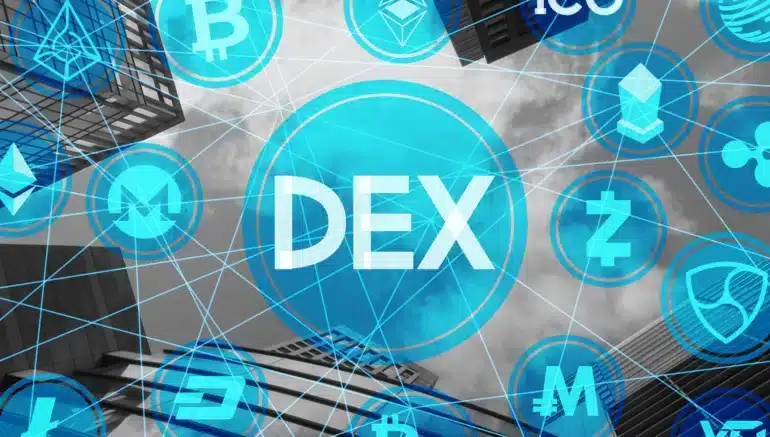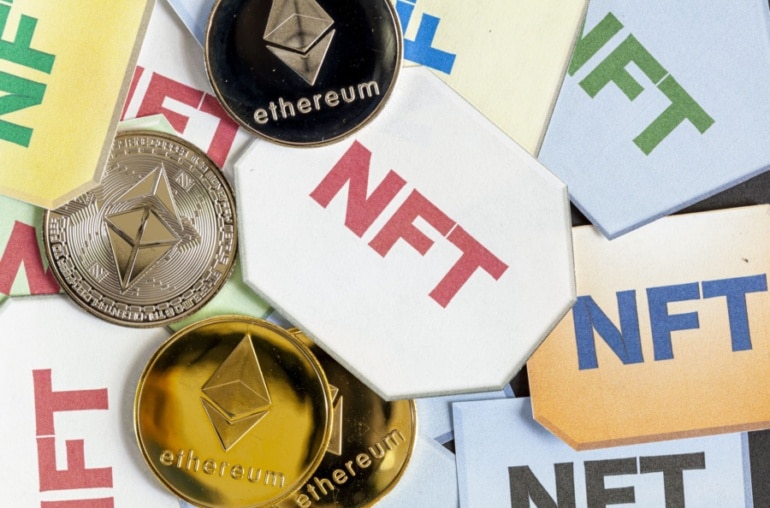The cryptocurrency space has grown rapidly over the last decade, but with it has come a significant challenge: volatility. Most cryptocurrencies, such as Bitcoin or Ethereum, are prone to rapid price fluctuations, which can make them less practical for everyday use, trading, and savings. This is where stablecoins come into play. Stablecoins are digital assets designed to maintain a steady value, offering the benefits of cryptocurrencies while mitigating their volatility. In this article, we’ll explore how stablecoins work, the different types available, and why they are essential for the crypto ecosystem.
What Are Stablecoins?
Stablecoins are cryptocurrencies whose value is pegged to a stable reserve asset, typically a fiat currency like the U.S. dollar, or commodities such as gold. The main goal of stablecoins is to provide price stability, making them more reliable as a medium of exchange, store of value, and unit of account compared to traditional cryptocurrencies.
For example, the most well-known stablecoins, such as Tether (USDT) and USD Coin (USDC), are pegged to the U.S. dollar. One unit of these stablecoins is intended to always be worth exactly $1, regardless of how volatile the broader crypto market becomes.
How Stablecoins Work
There are several different mechanisms used to maintain the stability of stablecoins, and they generally fall into three broad categories:
1. Fiat-Collateralized Stablecoins
These stablecoins are backed by reserves of traditional fiat currency, usually held in a bank or custodian. For every stablecoin issued, an equivalent amount of fiat currency (e.g., U.S. dollars) is held in reserve. This ensures that users can always redeem their stablecoins for the underlying asset at a 1:1 ratio.
How they work: When someone purchases a fiat-collateralized stablecoin, the issuer deposits the equivalent amount of fiat currency into a reserve. When the stablecoin is sold or redeemed, the issuer withdraws the corresponding fiat from the reserve.
Examples: Tether (USDT), USD Coin (USDC), Binance USD (BUSD)
2. Crypto-Collateralized Stablecoins
Instead of being backed by fiat currency, these stablecoins are backed by other cryptocurrencies. To maintain stability, crypto-collateralized stablecoins often require over-collateralization, meaning more cryptocurrency is held in reserve than the actual value of the stablecoin issued. This helps to protect against the inherent volatility of the collateral.
How they work: A user locks up a certain amount of cryptocurrency as collateral in a smart contract. In exchange, they receive stablecoins. If the value of the collateral drops too much, the system can liquidate the collateral to maintain the peg.
Examples: DAI (backed by Ethereum), sUSD (backed by Synthetix)
3. Algorithmic Stablecoins
Algorithmic stablecoins are not backed by any physical or crypto assets. Instead, they rely on algorithms and smart contracts to automatically adjust the supply of the stablecoin to maintain its price. When the price of the stablecoin rises above its peg, new coins are issued to increase supply and bring the price down. Conversely, if the price drops below the peg, coins are bought back or burned to reduce the supply and push the price back up.
How they work: The algorithmic system expands or contracts the circulating supply of the stablecoin based on market demand, similar to how central banks control the supply of fiat currency.
Examples: TerraUSD (UST), Ampleforth (AMPL)
Why Are Stablecoins Important?
1. Reduced Volatility
The primary benefit of stablecoins is their ability to avoid the extreme price swings typical of other cryptocurrencies. This makes them ideal for everyday transactions and a more stable store of value. For businesses and consumers who want to engage with crypto without worrying about drastic value changes, stablecoins provide a practical solution.
2. Cross-Border Transactions
Stablecoins enable quick and inexpensive cross-border transactions. Unlike traditional remittance services, which often come with high fees and long processing times, stablecoin transfers can be completed within minutes for a fraction of the cost. This is particularly useful in regions where access to stable financial systems is limited.
3. Decentralized Finance (DeFi)
Stablecoins play a crucial role in the growing DeFi ecosystem. DeFi platforms enable lending, borrowing, and yield farming, among other financial services, without the need for intermediaries like banks. Many DeFi protocols use stablecoins as a stable unit of value, allowing users to earn interest or borrow funds without being exposed to the volatility of traditional cryptocurrencies.
4. Trading and Hedging
In crypto trading, stablecoins are often used as a hedge against market volatility. Traders can quickly convert their holdings into stablecoins during periods of uncertainty, preserving their value without needing to exit the crypto market entirely. Additionally, stablecoins act as a medium of exchange between different cryptocurrencies, providing liquidity and stability to exchanges.
5. Bridging Traditional and Crypto Markets
Stablecoins serve as a bridge between the traditional financial system and the cryptocurrency market. They allow users to move money in and out of the crypto world without the need to rely on fiat currencies or banks. This increased flexibility is key to driving the adoption of cryptocurrencies in various industries.
Risks and Challenges
While stablecoins offer many advantages, they are not without risks:
- Centralization Risks: Fiat-collateralized stablecoins like USDT and USDC rely on centralized entities to hold reserves, which contradicts the decentralized ethos of cryptocurrency. There is also the risk of mismanagement of reserves, leading to potential issues with solvency.
- Regulatory Scrutiny: Governments around the world are closely monitoring stablecoins due to their potential impact on monetary policy and financial stability. Increased regulation could limit the growth of stablecoins or introduce new compliance requirements.
- Algorithmic Risk: Algorithmic stablecoins are relatively new and unproven at scale. They rely on complex mechanisms that can fail in volatile market conditions, as seen with the collapse of TerraUSD (UST) in 2022.
Conclusion
Stablecoins have emerged as one of the most important innovations in the cryptocurrency space, offering a stable, reliable alternative to volatile digital assets like Bitcoin and Ethereum. Their role in facilitating smoother transactions, reducing volatility, and enabling growth in DeFi makes them a crucial component of the future of finance. However, as with any new technology, risks remain, and both developers and regulators must work together to ensure that stablecoins continue to serve as a trustworthy and effective tool within the broader financial system.
As stablecoins evolve and new models emerge, they will likely play an even bigger role in bridging the gap between traditional finance and the crypto economy.
![]()



